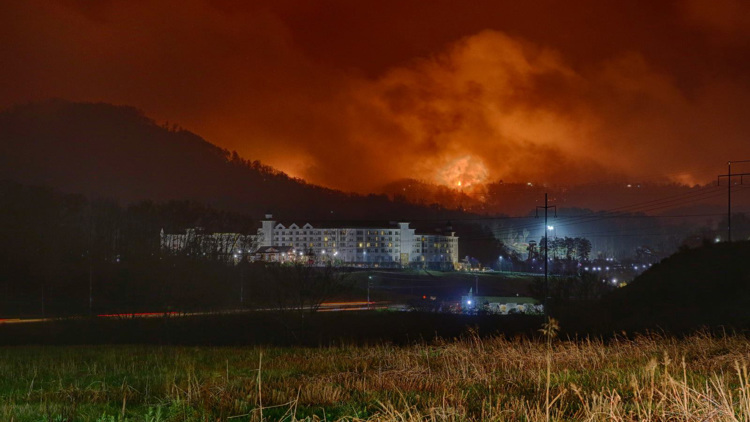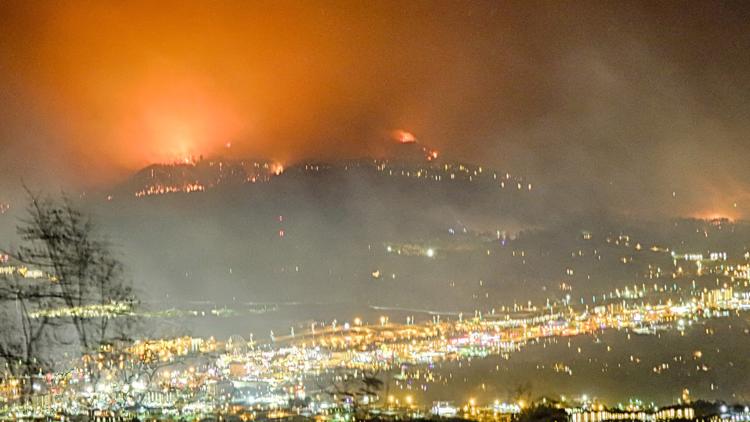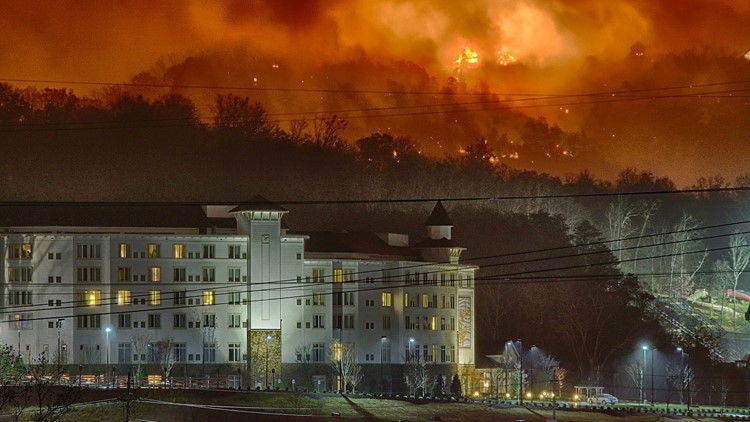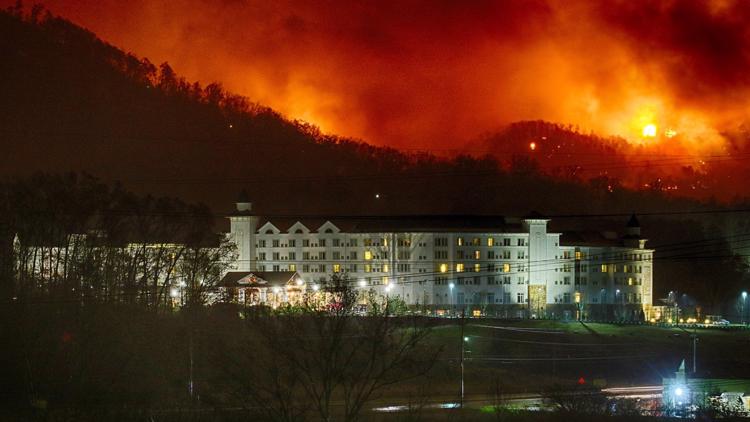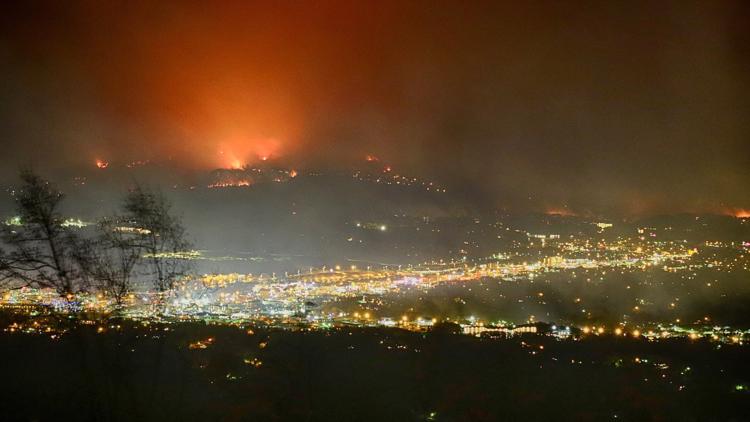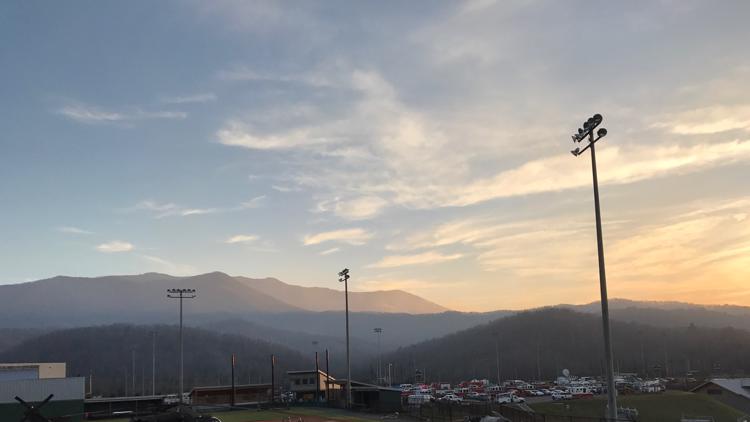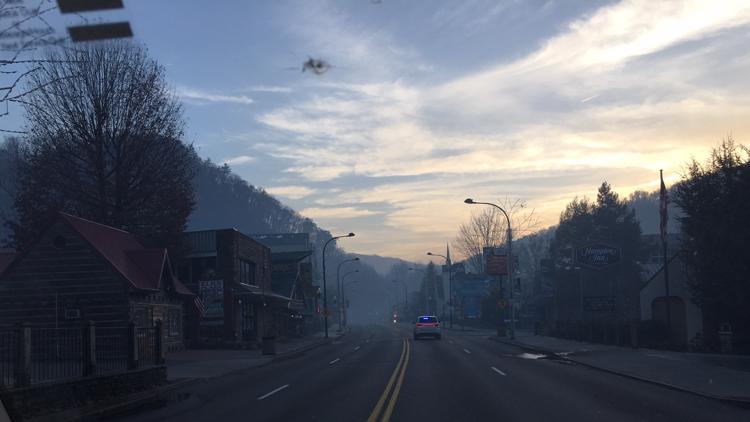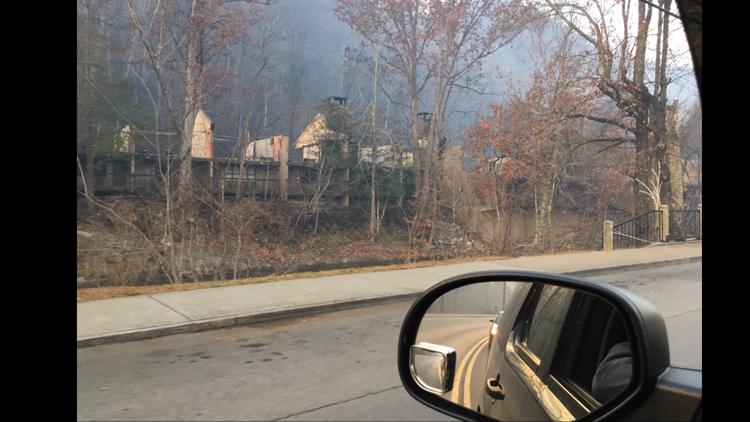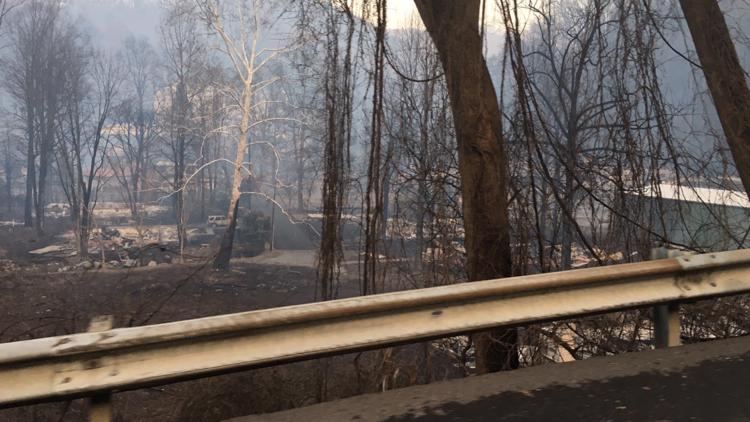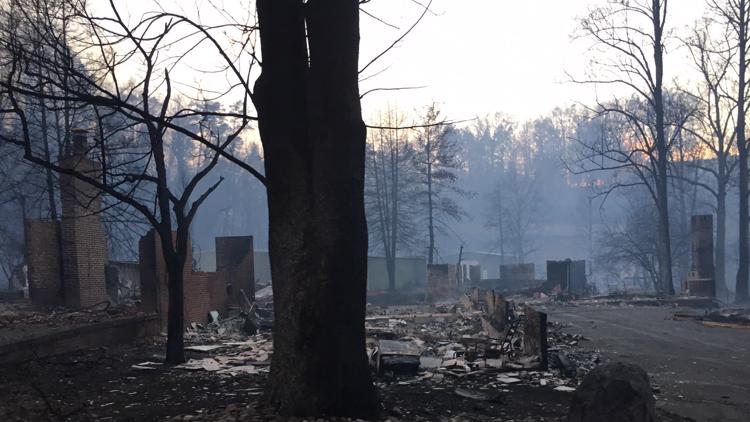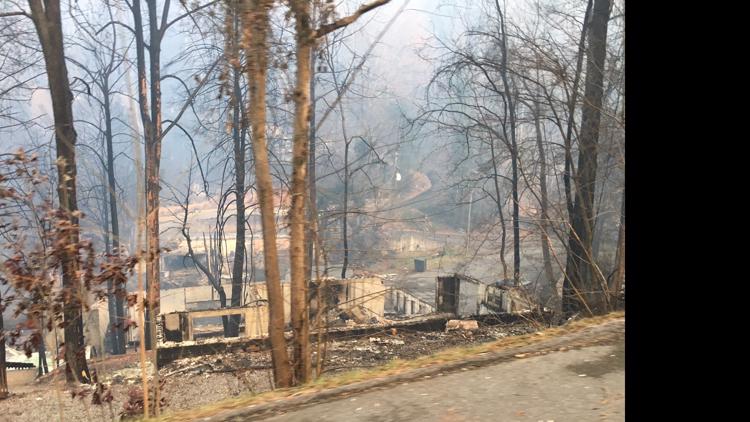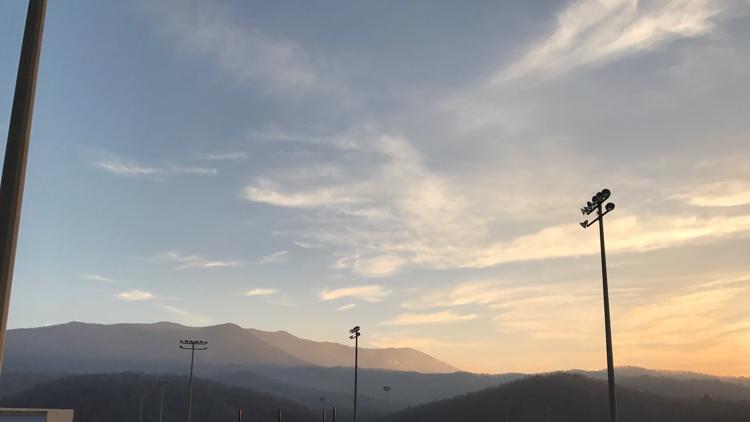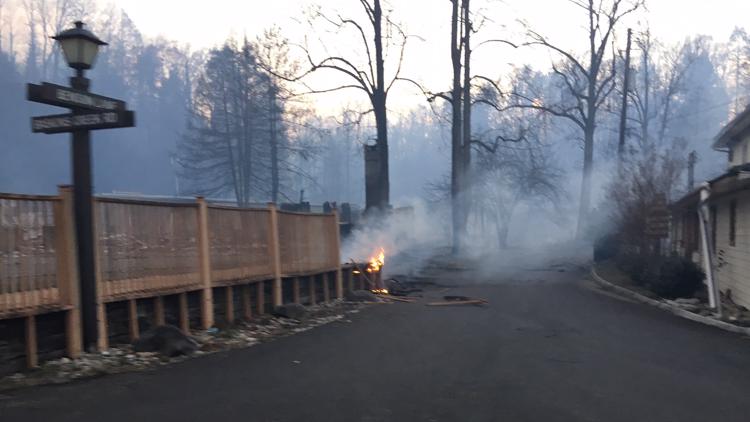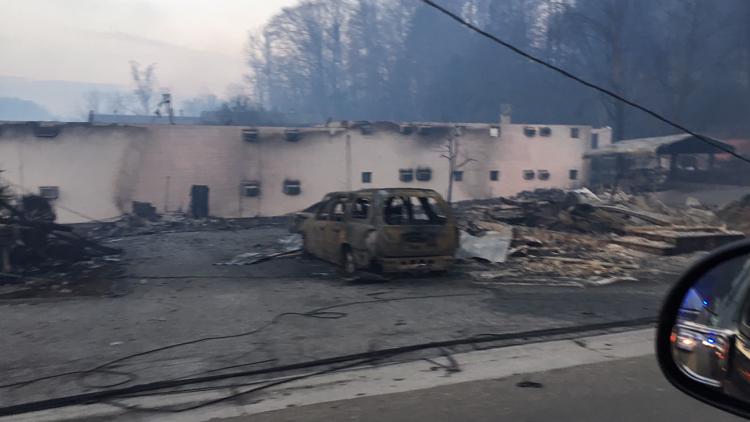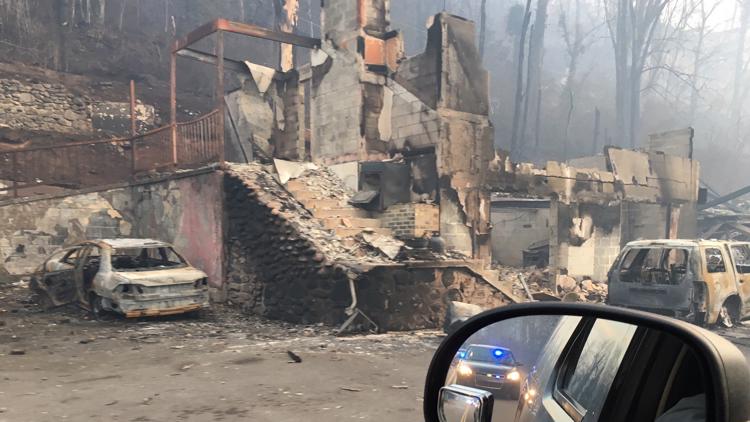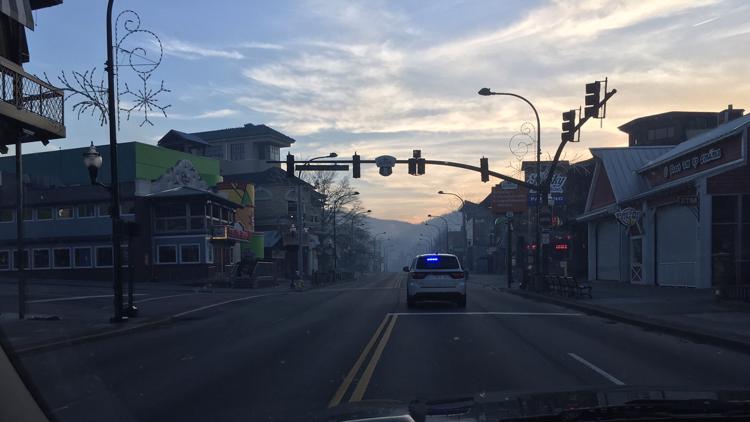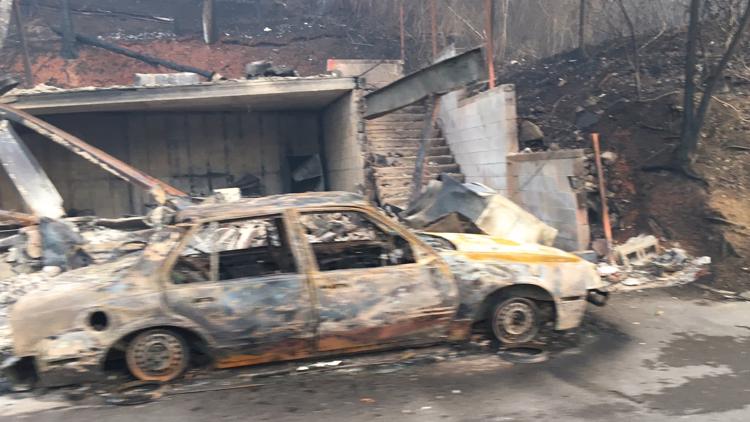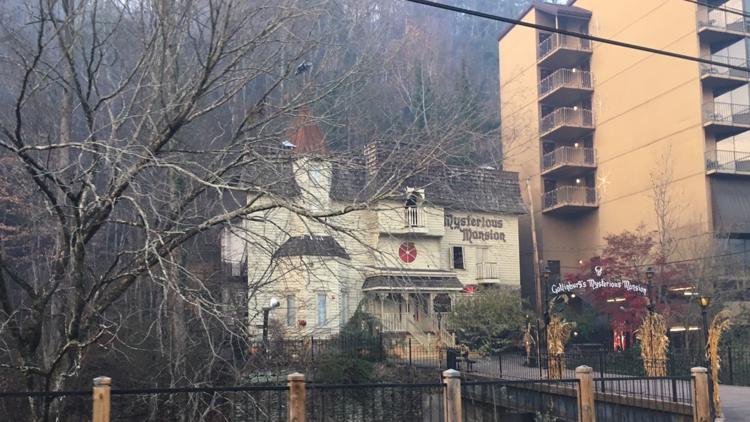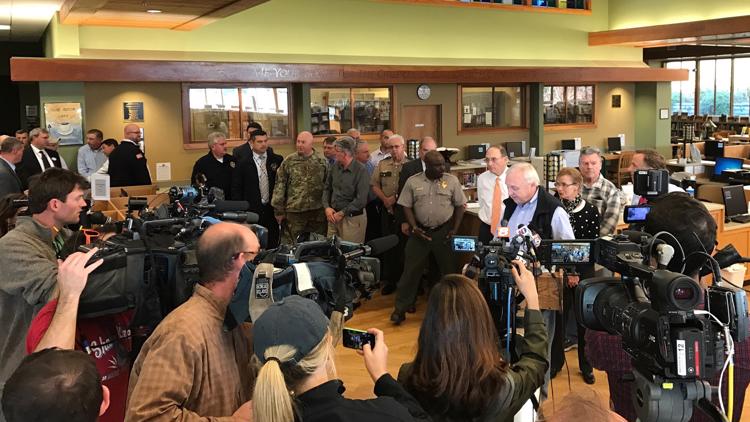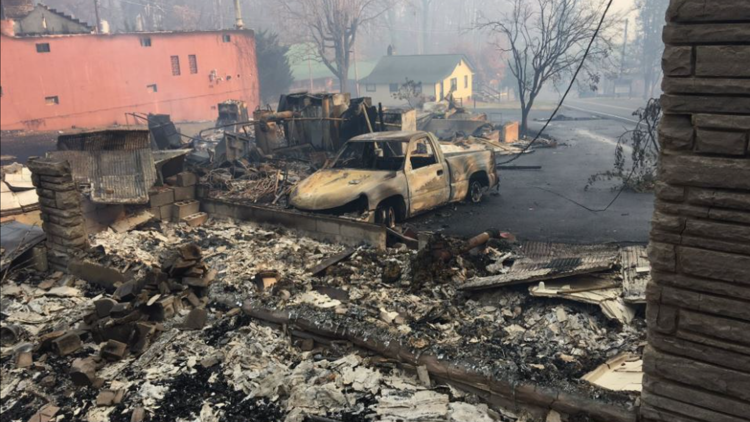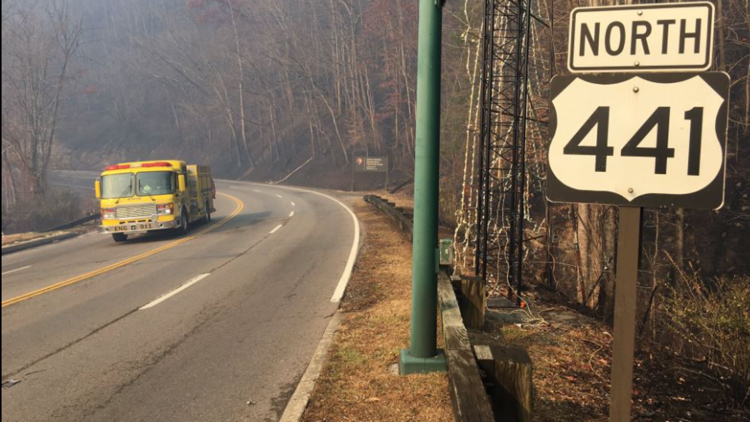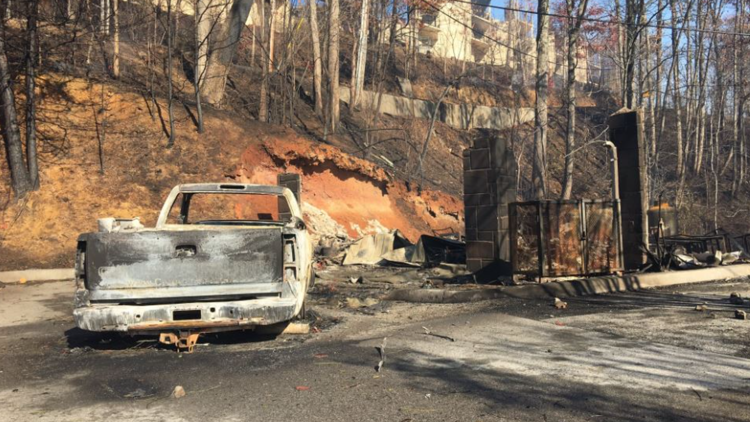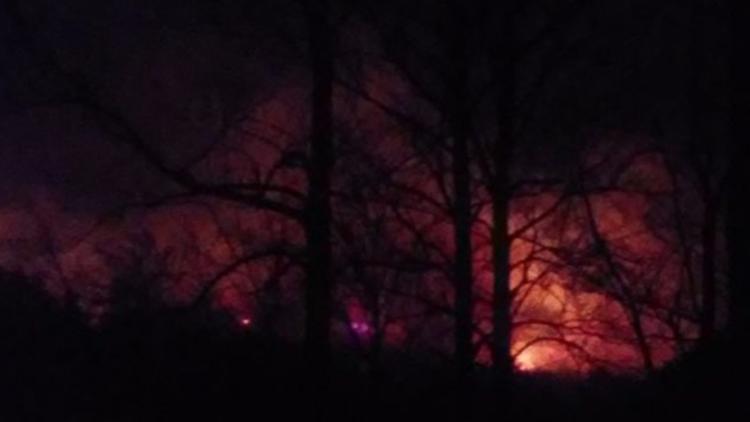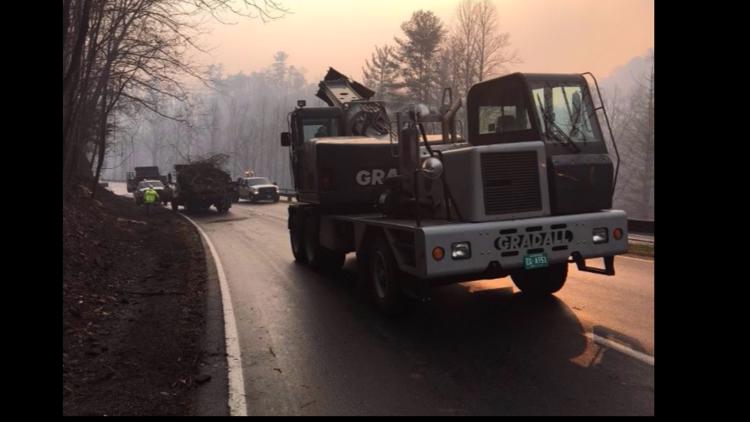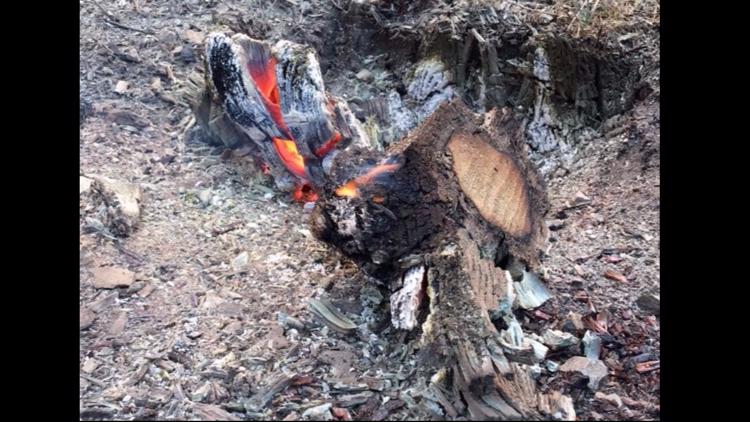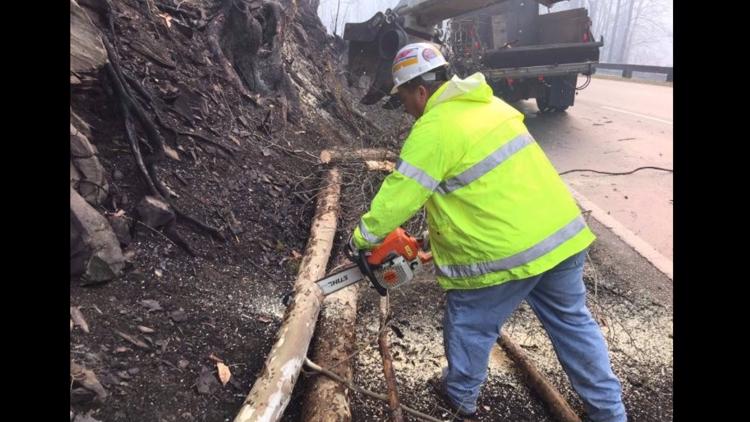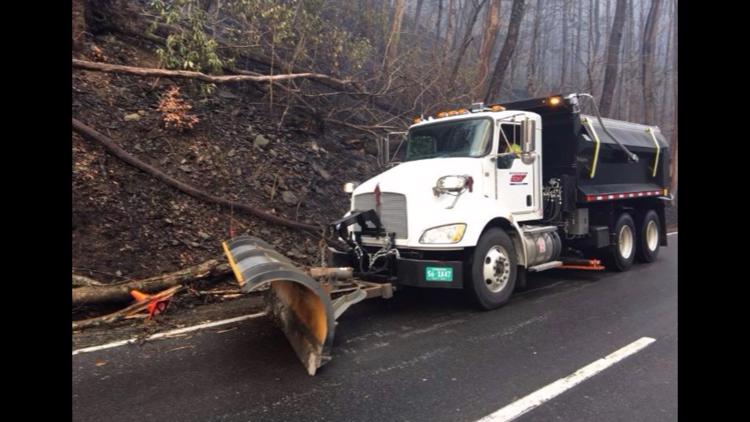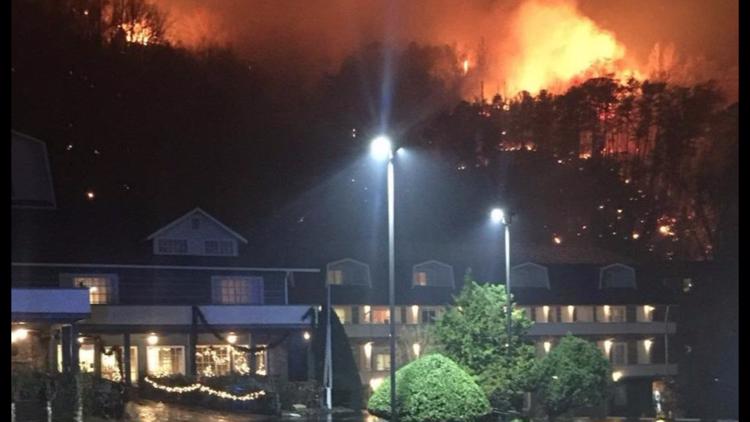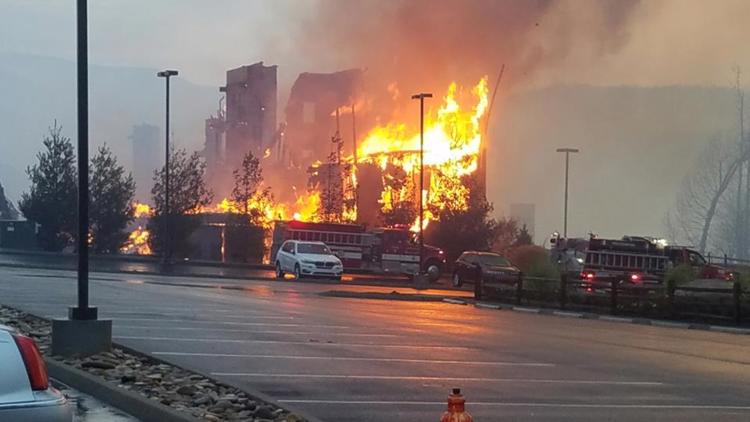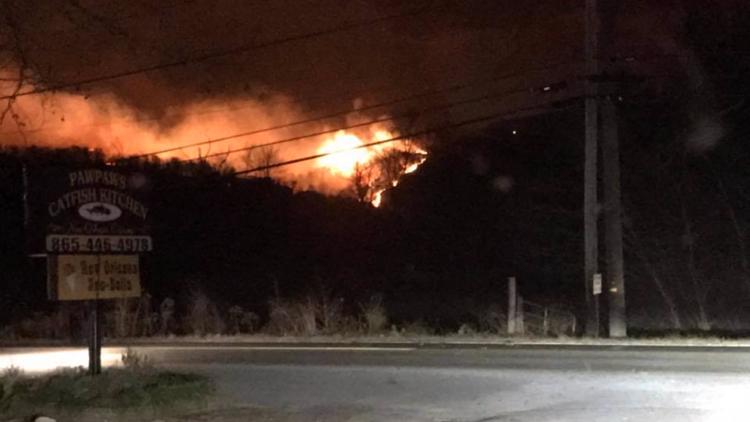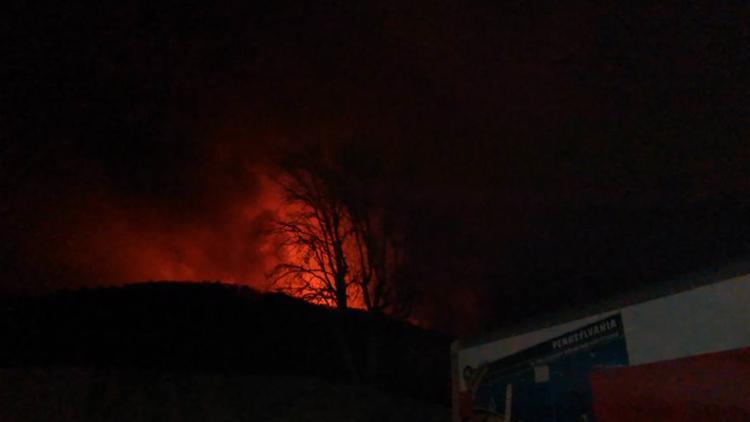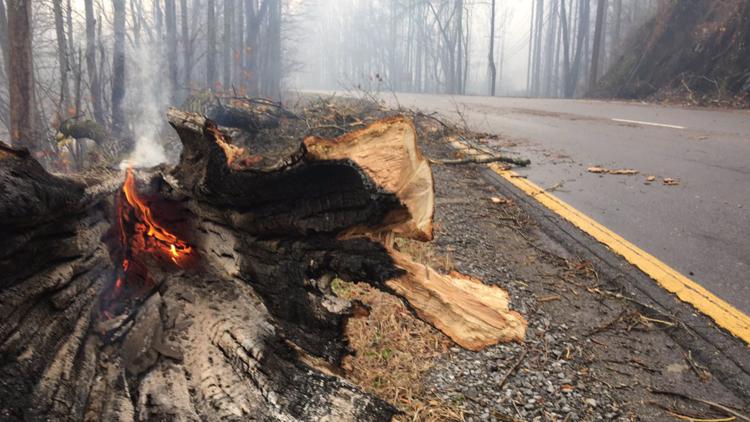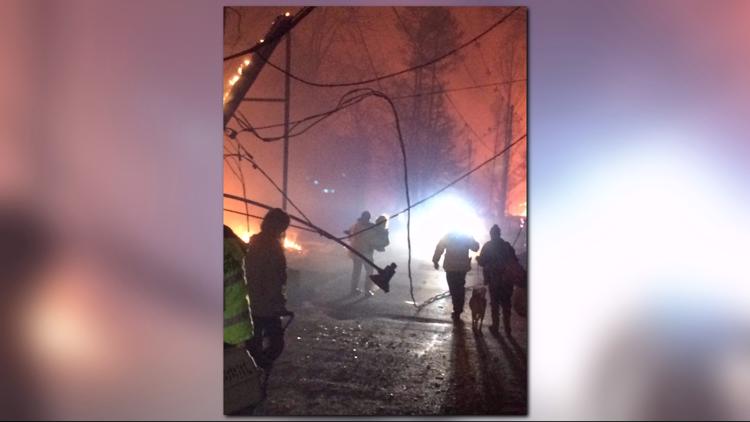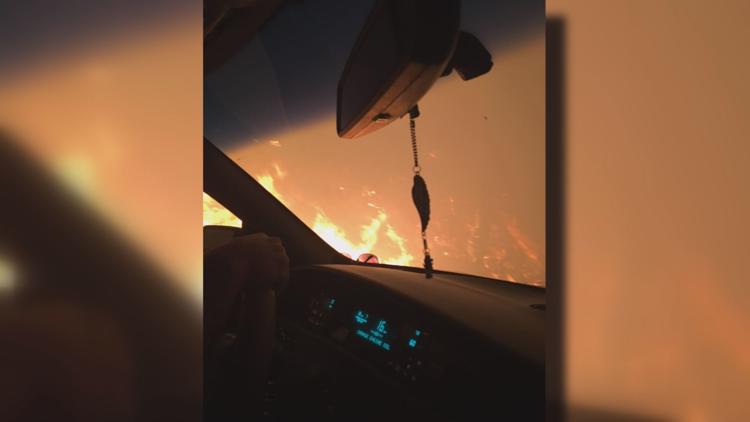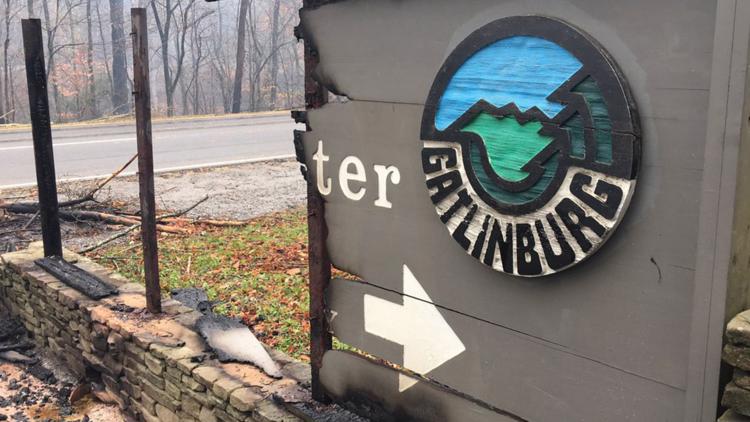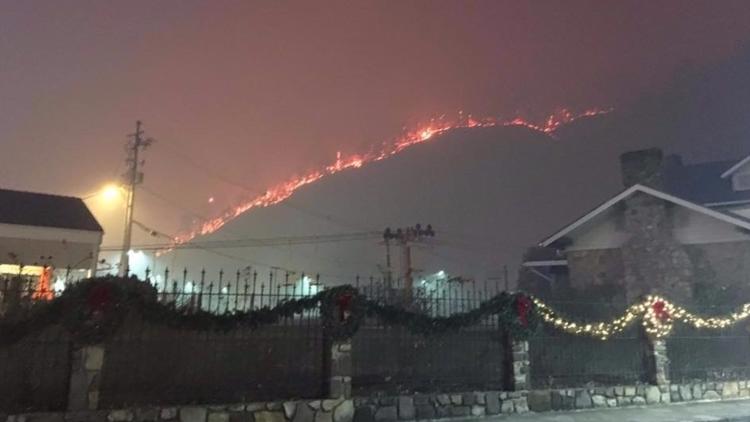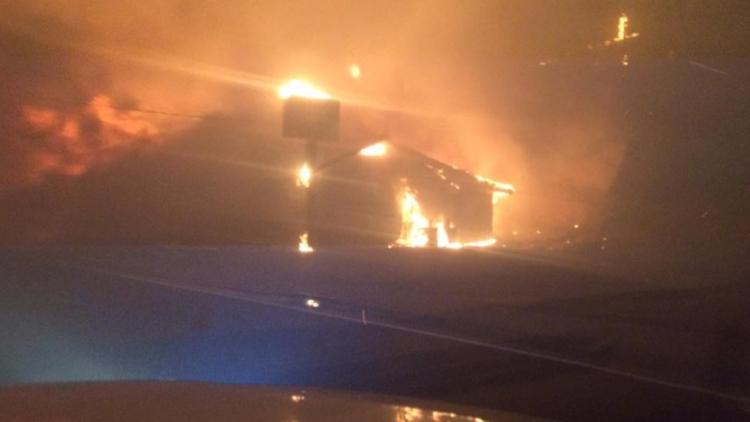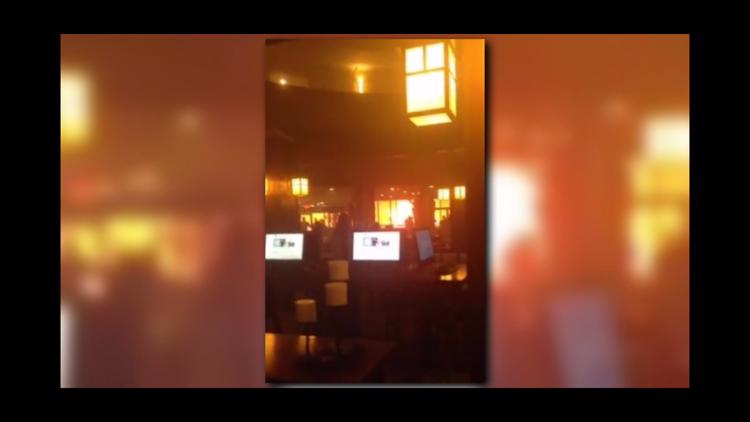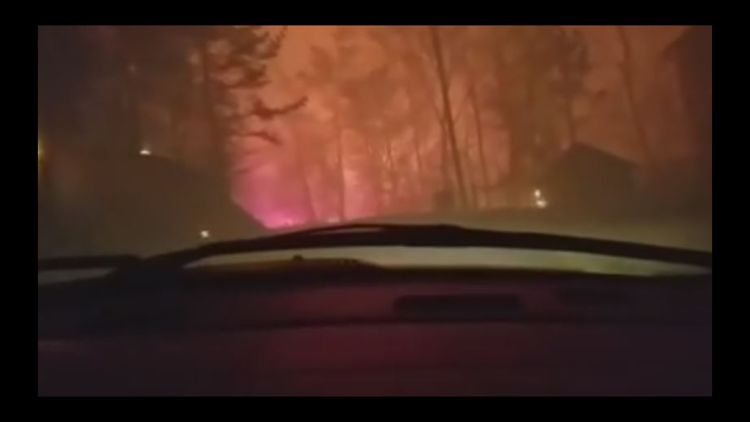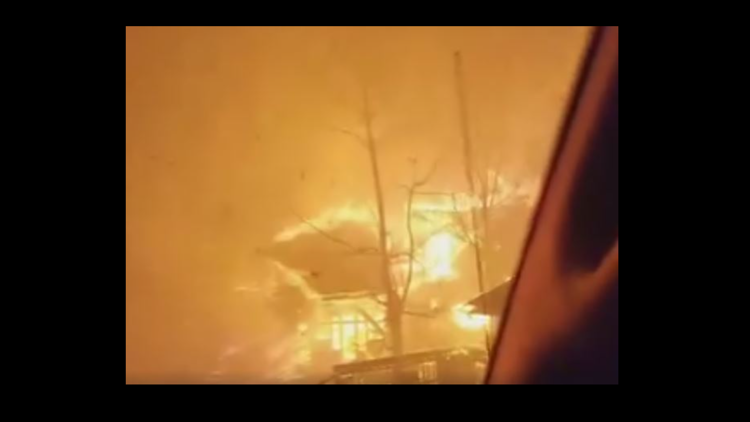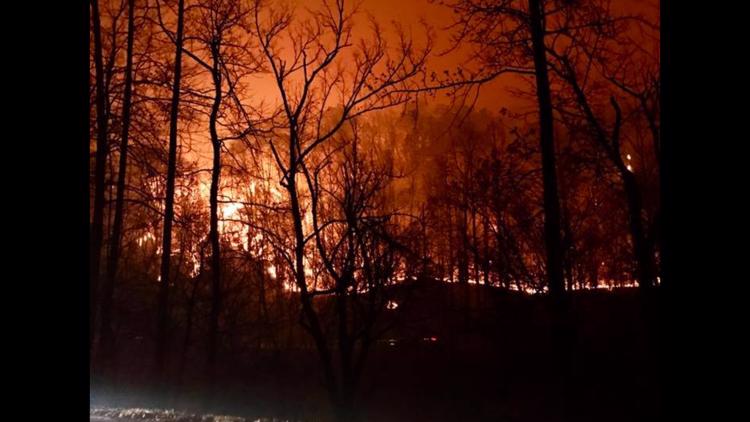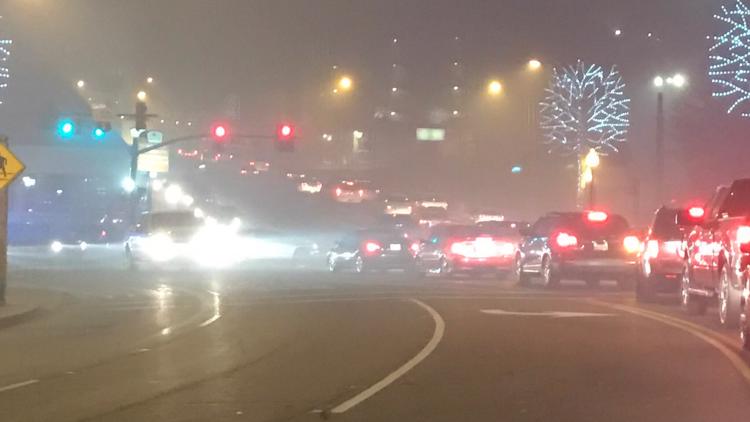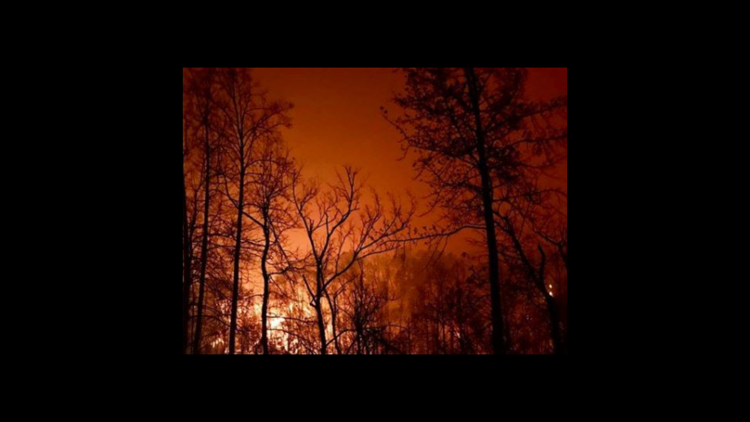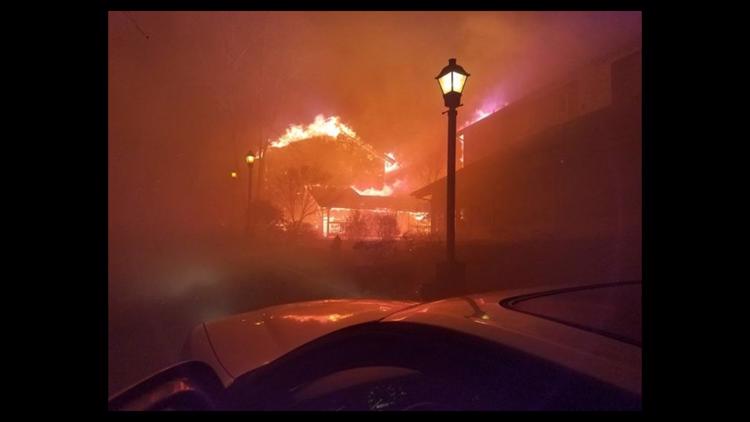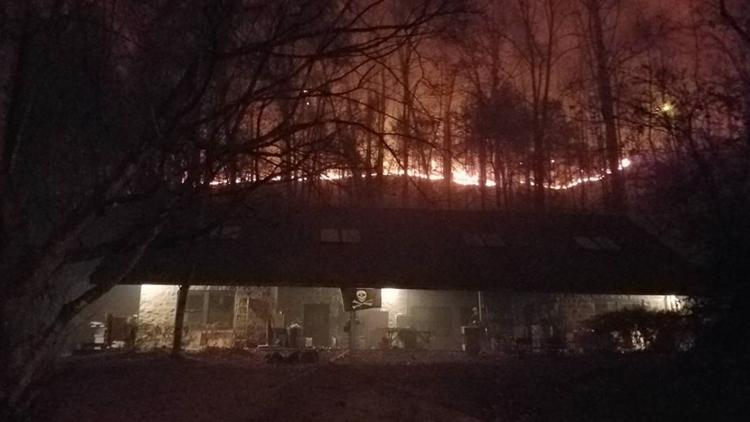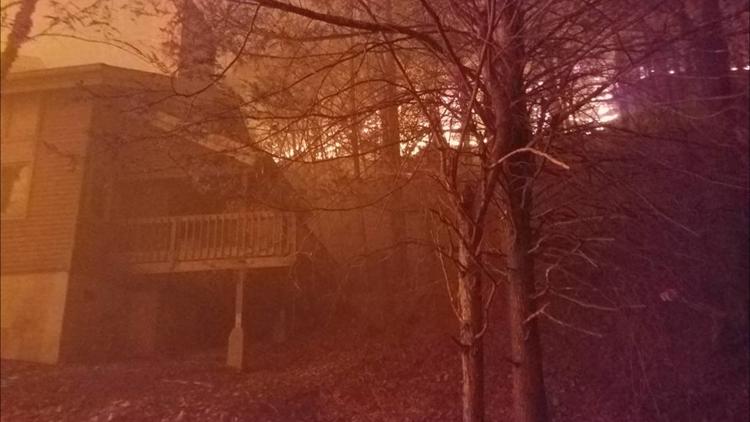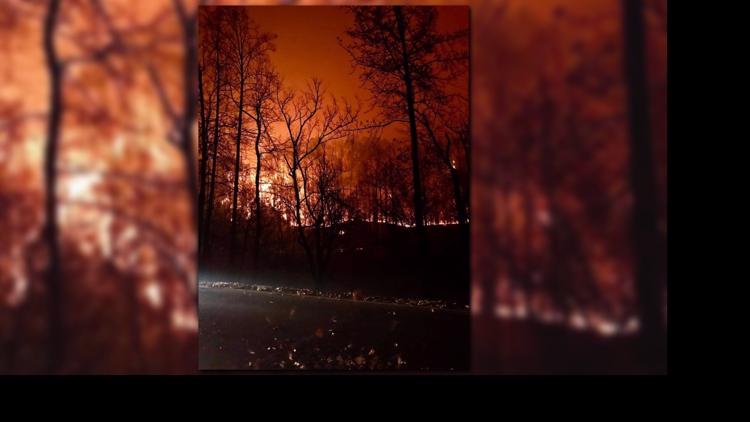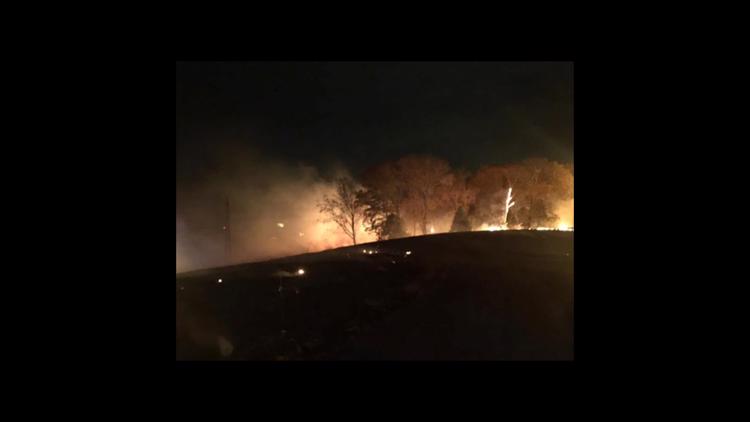KNOXVILLE, Tenn. — "Poor communication" by National Park Service personnel in the Smokies led to lost lives and the loss of precious time to fight a fierce wildfire that swept in from the park to Gatlinburg in November 2016, the former Gatlinburg fire chief states in court records.
"By the time local officials were informed about the true danger, the Chimney Tops 2 fire was unstoppable," Greg Miller's statement reads.
Lawyers suing the federal government on behalf of hundreds of plaintiffs submitted Miller's statement March 31 as part of ongoing litigation in the federal case.
Their only legal pathway to make a case, as decided by a judge in December, is to try to prove that Great Smoky Mountains National Park officials failed to properly warn the public about the fire's danger after it broke out Nov. 23, 2016.
Gatlinburg fire personnel were "kept in the dark" from the start of the fire until it was too late Nov. 28, 2016, Miller states.

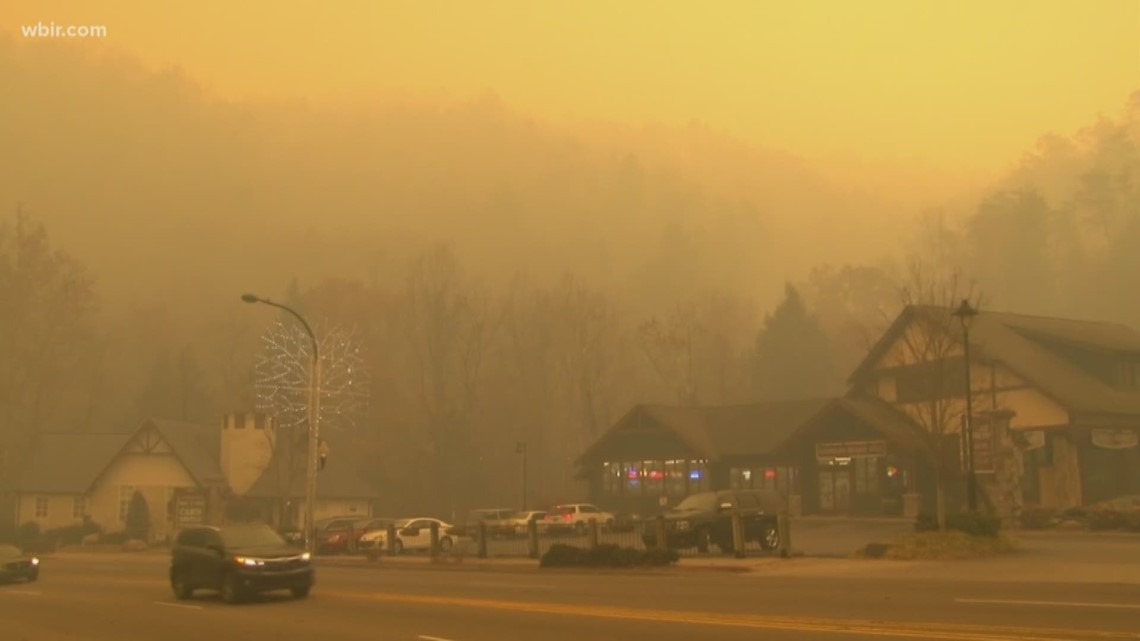
"A lack of early notice was the most critical failure of all," his statement reads.
The government says the Park Service adequately kept the public informed about the fire and what steps were being taken to put it out. Government lawyers argue the lawsuit, which dates to May 2018, should be dismissed.
A Park Service spokeswoman in the Smokies said the agency doesn't comment about litigation.
Fourteen people died and dozens were injured as a result of the disaster. Some 2,500 buildings were damaged or destroyed in Sevier County, primarily in Gatlinburg.
Wildfire spreads to Gatlinburg and Pigeon Forge
Survivors of the fire, the families of those who died and property owners are now trying to make the government pay for what happened. They argue Park Service personnel failed to do their jobs to warn people in Sevier County about the fire's threat and severity.
The U.S. Department of Justice is representing the government in the lawsuit. Lawyers Sid Gilreath and Gordon Ball represent the plaintiffs.
The fire started Nov. 23, 2016, off the popular Chimney Tops trail in the national park. It was the day before Thanksgiving. Authorities said two teenage boys started the fire.
For several days it remained isolated and small in size as it burned, centered only up and around Chimney Tops.

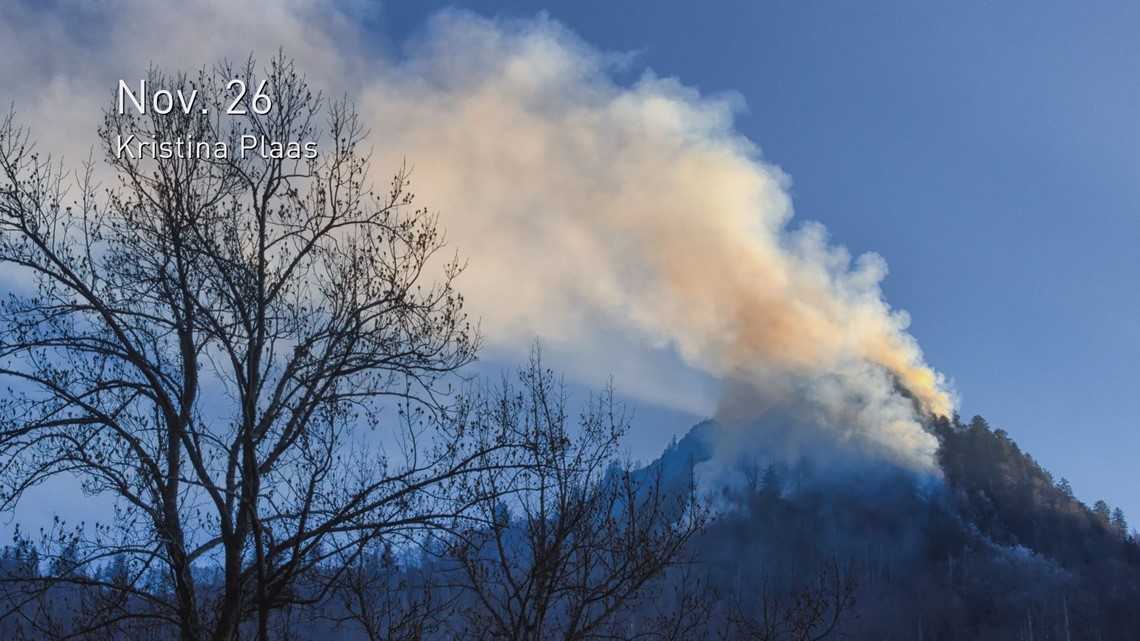
Park officials said they were keeping an eye on it, and they identified a containment zone around which to manage it. By roadway, it was some 9 miles from Gatlinburg, although the distance was shorter on a straight course across the park.
By Sunday, Nov. 27, 2016, however, weather conditions began to change. Forecasters said a storm with wind gusts of 60 mph or more was expected to move in. It had been an especially dry fall, and East Tennessee had seen numerous wildfires break out in the weeks before Nov. 23.
According to Miller, who left Gatlinburg in 2018 and is now the emergency medical services chief for Sumner County, Tenn., the Gatlinburg Fire Department began to receive calls about 9 a.m. Nov. 28, a Monday, from the public concerned about smoke and flying ash.
According to Miller, he asked one of his captains to contact Greg Salansky, the park's fire management officer, to investigate smoke coming toward Gatlinburg from the park. The captain tried but the call went unanswered, according to Miller's statement.
The fire was on the move.

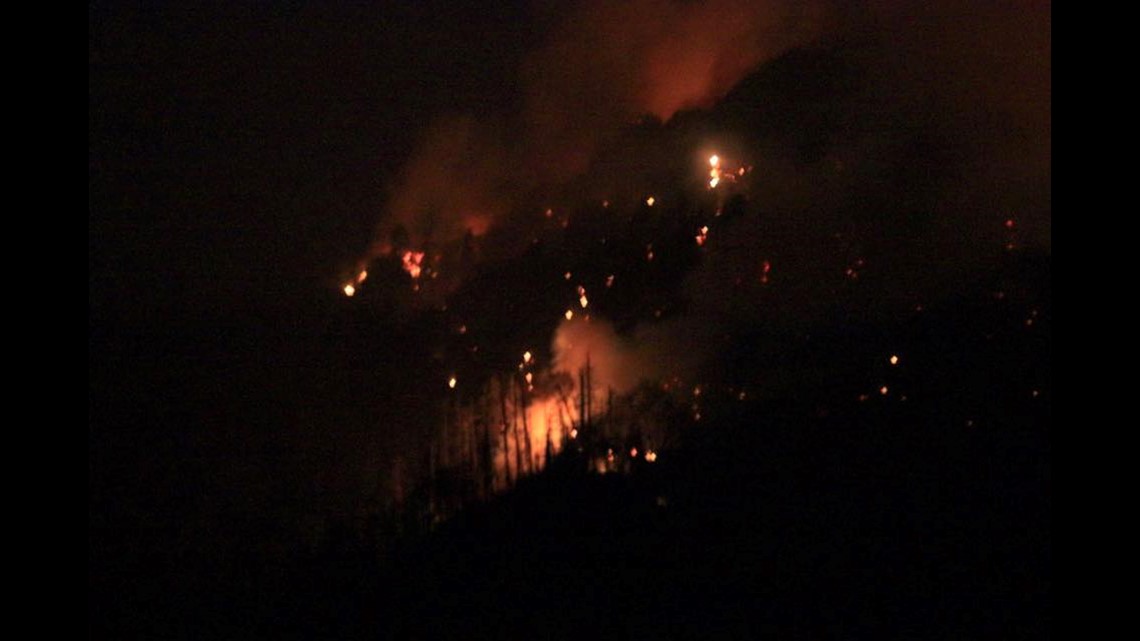
About 11 a.m., according to the plaintiffs, Salansky called the captain back.
"This call was the first communication between Park staff and any Gatlinburg or local official concerning the Chimney Tops 2 fire," according to Miller.
Salansky said smoke from Chimney Tops 2 could potentially spread to the city, according to documents. The spread of the fire, Salansky told the captain, to the city appeared unlikely, according to documents.
Still, the fire spread closer toward the city.
At 11:45 a.m. Nov. 28, Salansky asked for help from Gatlinburg to deal with fire that threatened the Twin Creeks Science Center in the park.
Conditions continued to worsen. Winds picked up. Smoke got heavier. The fire quickly spread toward the city.
By 2 p.m. the park had closed roads and trails and ordered backcountry campers to get out, according to the lawsuit. The blaze was moving as fast as half a mile an hour, according to Miller.

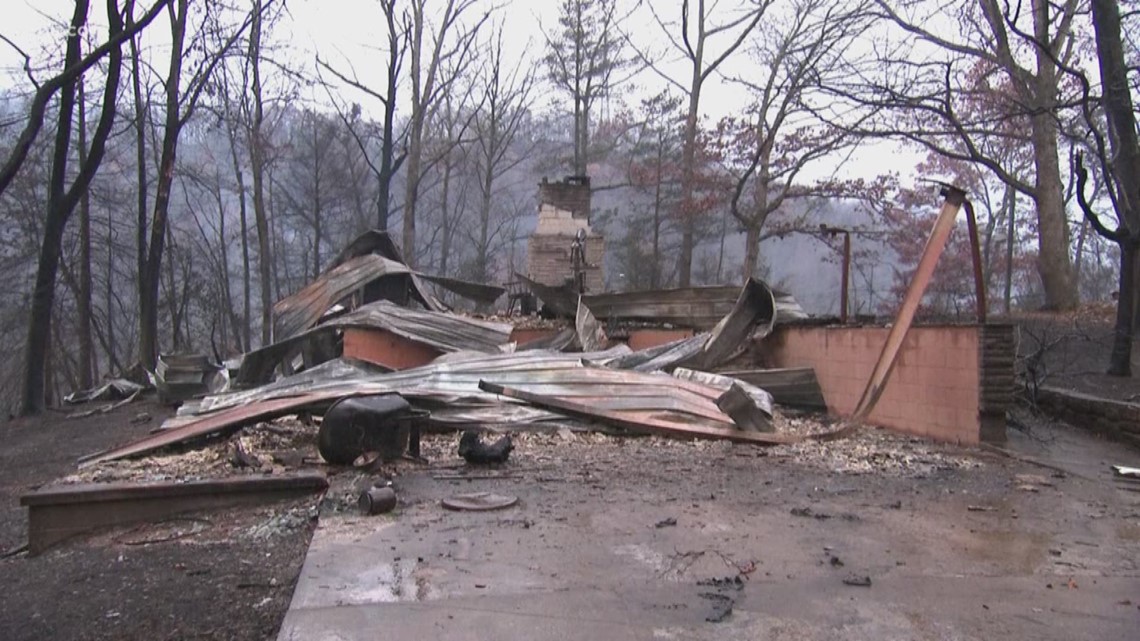
By 2:30 p.m. Miller had put in a request for statewide mutual aid -- an all-hands-on-deck request from other agencies as the disaster unfolded.
After the disaster, Gatlinburg commissioned a consultant to evaluate why fire response had been so inadequate and how the disaster had gotten so out of hand.
The consultant found among other things that inadequate warnings from the park cost precious time to order evacuations and get people out of harm's way, the lawsuit states.
According to attorneys representing the survivors, the wildfire grew six times from Sunday night to Monday.
The government, however, says its employees aren't responsible for what happened to the people now suing it.


"No acts or omissions of the United States, through employees, were the proximate cause of any injury to Plaintiffs. Plaintiffs’ damages were proximately caused by the acts or omissions of third parties over whom the United States has no control," the government said in a February filing.
Instead, what happened to Gatlinburg may have been caused by downed power lines or "forces of nature" and not the U.S. government, lawyers argue.
"Moreover, Plaintiffs’ harms were not foreseeable to the United States, and no act or omission of the United States was a substantial factor in Plaintiffs’ harms," the government states.
A motions hearing has been set in the case for May 20 before Senior U.S. District Judge Ronnie Greet in federal court in Greeneville.



